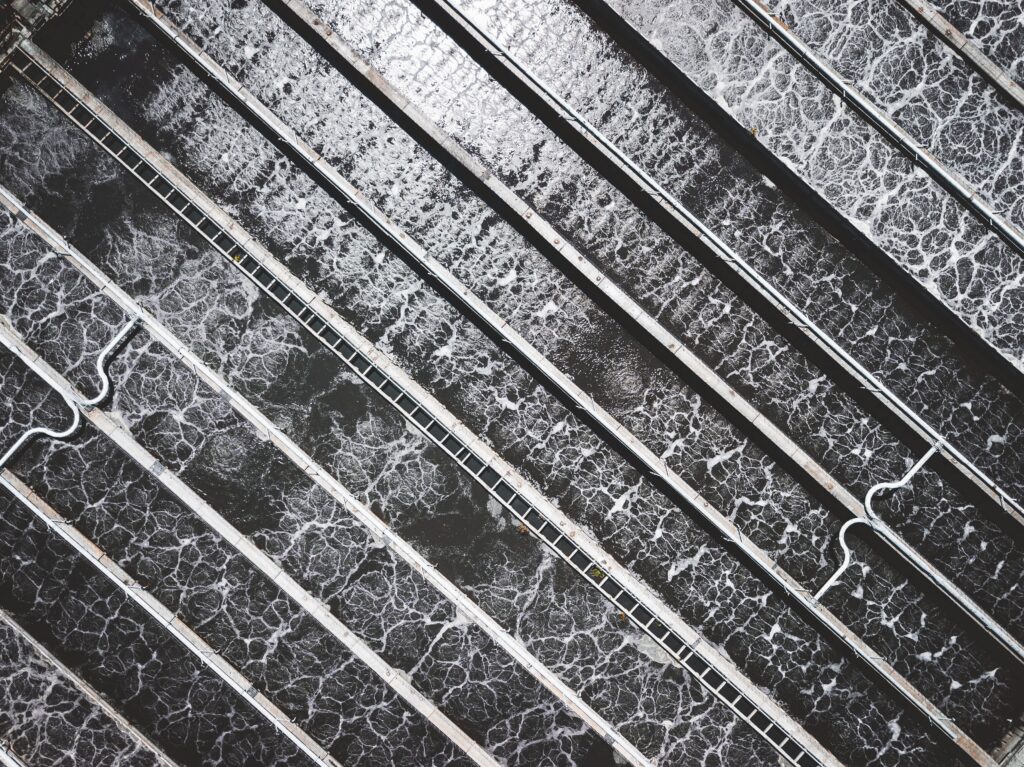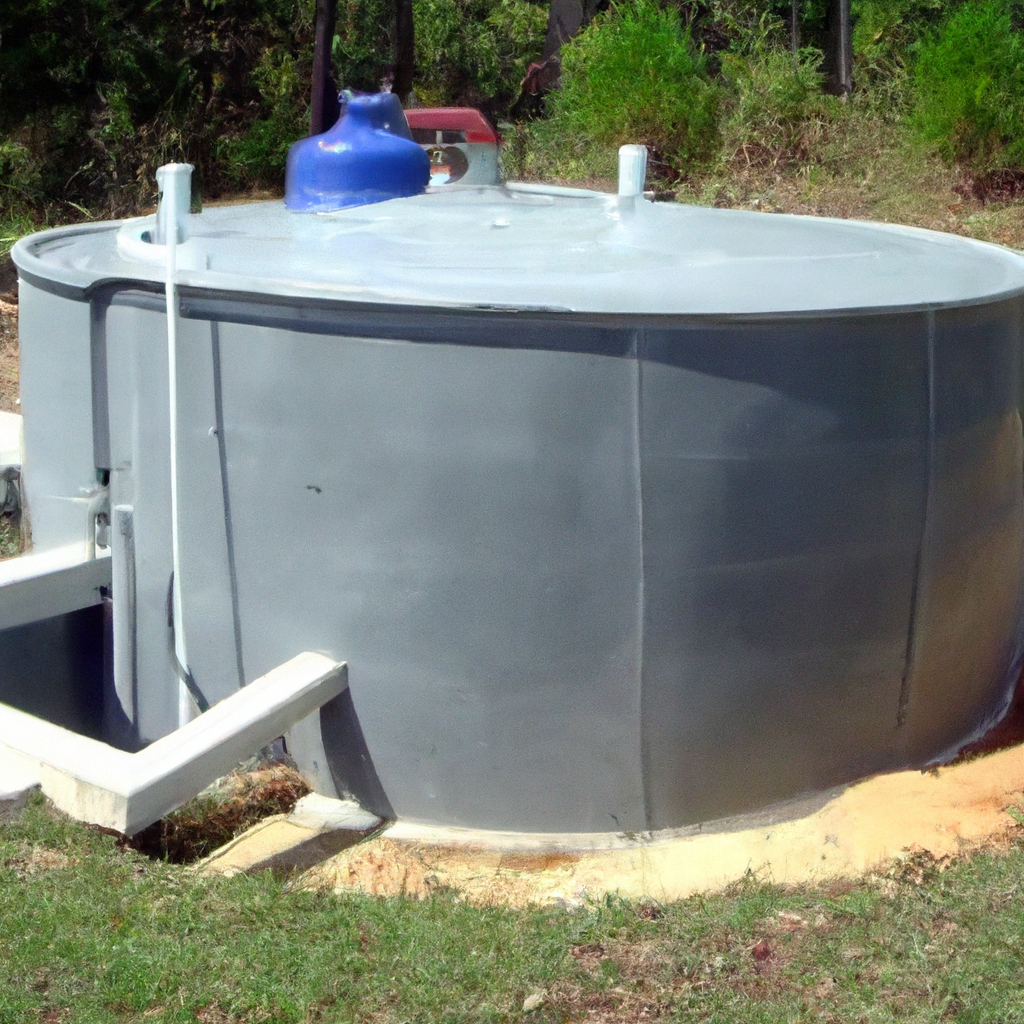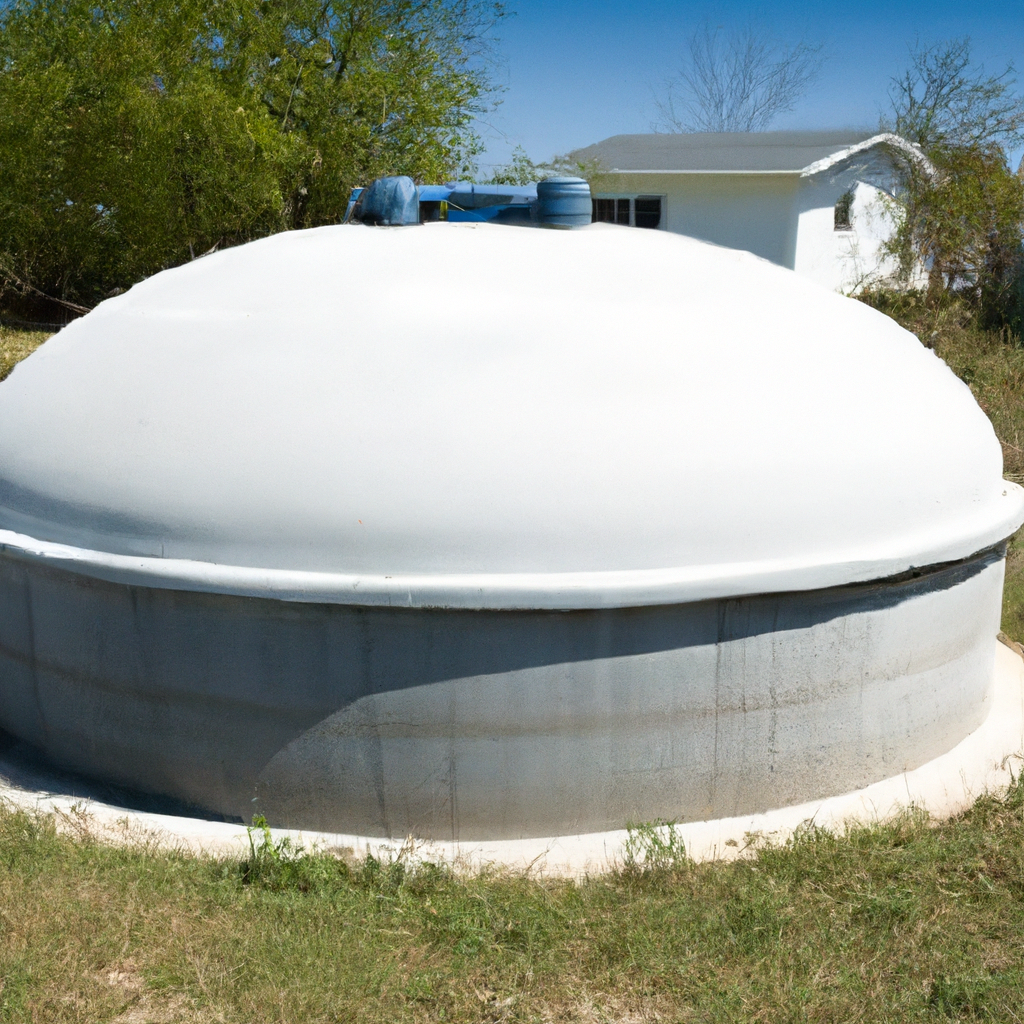Are you in need of a reliable septic tank that can efficiently handle the waste from your household? Look no further! We are thrilled to present to you the perfect solution – a 1250 Gallon Concrete Septic Tank. This high-quality septic tank is built to withstand the test of time, offering durability and optimal performance. With its large capacity, it can effortlessly accommodate the waste from a medium-sized household, ensuring a seamless and hassle-free waste disposal system. Don’t let your worries about septic tank maintenance and functionality burden you any longer. Purchase a 1250 Gallon Concrete Septic Tank today and experience the peace of mind you deserve.

Understanding Septic Systems
What is a septic system?
A septic system is a wastewater treatment method commonly used in areas not connected to a centralized sewage system. It consists of a septic tank and a drainfield, also known as a leach field or absorption field. The septic tank is an underground chamber made of concrete, fiberglass, or plastic that collects and stores the wastewater from your household.
How does a septic system work?
The wastewater from your home flows into the septic tank through the main sewer line. Inside the tank, the solid waste settles at the bottom, forming a layer of sludge, while the lighter materials like oil and grease float to the top, creating a layer of scum. The liquid portion of the wastewater, known as effluent, is then discharged into the drainfield.
The drainfield is a network of perforated pipes or chambers buried in the soil. The effluent flows into the drainfield, where it undergoes further treatment through natural processes. The soil acts as a filter, removing harmful bacteria, viruses, and other contaminants. Eventually, the treated effluent is safely absorbed into the ground, while the remaining solids in the septic tank continue to decompose over time.
Benefits of Concrete Septic Tanks
Durability of Concrete Septic Tanks
Concrete septic tanks are known for their exceptional durability. The robust construction of concrete ensures that the tank can withstand heavy loads, making it ideal for installation in areas with high groundwater levels or regions prone to flooding. Concrete tanks are also resistant to corrosion, providing a long-lasting solution for wastewater containment.
Cost-Effectiveness of Concrete Septic Tanks
While concrete septic tanks may have a higher initial cost compared to other materials, their longevity and low maintenance requirements make them a cost-effective choice in the long run. Concrete tanks can withstand the test of time and typically require minimal repairs or replacement throughout their lifespan, saving you money on potential future replacements or repairs.
Longevity of Concrete Septic Tanks
Concrete septic tanks have an impressive lifespan. When built and maintained properly, concrete tanks can last for several decades. This longevity is due to the durability and strength of concrete as a construction material. By investing in a high-quality concrete septic tank, you can have peace of mind knowing that your wastewater treatment system will serve you well for many years to come.
Why Choose a 1250 Gallon Concrete Septic Tank
Ideal for Medium to Large Sized Properties
A 1250 gallon concrete septic tank is a suitable choice for medium to large-sized properties, such as family homes or small businesses. With its generous capacity, this tank can effectively handle the wastewater generated by multiple residents or employees, ensuring efficient treatment and preventing potential backups or overflows.
Extended Pumping Interval
One of the advantages of a 1250 gallon concrete septic tank is the extended pumping interval it offers. Due to its larger size, it can hold a significant amount of wastewater before it needs to be pumped out. This means less frequent maintenance and reduced costs associated with regular pumping services.
Increased Waste Treatment Efficiency
The size of the tank plays a crucial role in waste treatment efficiency. A 1250 gallon concrete septic tank provides ample space for proper settling and separation of solids, allowing the natural processes to effectively treat the wastewater. This results in cleaner effluent being discharged into the drainfield, minimizing the impact on the environment and promoting a healthier and safer living or working environment.
Installing a 1250 Gallon Concrete Septic Tank
Preparation and Planning
Before installing a 1250 gallon concrete septic tank, careful preparation and planning are essential. The first step is to determine the appropriate location for the tank, considering factors such as soil conditions, slope, and proximity to existing structures. It is crucial to comply with local building codes and regulations to ensure a safe and compliant installation.
The Installation Process
The installation process of a 1250 gallon concrete septic tank involves several steps. Once the tank is delivered to the site, a hole is excavated to accommodate the tank’s size and shape. The tank is then carefully placed into the hole, ensuring it is level and adequately supported. Connections to the main sewer line and the drainfield pipes are made, and the tank is backfilled with soil, taking care not to damage any components.
Post-Installation Procedures
After the septic tank is installed, it is important to conduct post-installation procedures to ensure optimal functioning. This includes conducting a final inspection to check for any leaks or structural issues, as well as testing the connections and flow of wastewater. It is also advisable to keep records of the installation, including any permits or certifications obtained during the process.

Maintenance of 1250 Gallon Concrete Septic Tanks
Routine Inspections
Regular inspections are vital for the proper maintenance of a 1250 gallon concrete septic tank. Ideally, the tank should be inspected annually by a qualified professional to check for any signs of damage or deterioration. During these inspections, the tank’s components, including the inlet and outlet pipes, baffles, and lid, should be inspected for any cracks, leaks, or blockages that could affect the system’s performance.
Pumping and Cleaning
Pumping and cleaning the septic tank on a regular basis is crucial to prevent the accumulation of solids and maintain the tank’s efficiency. The frequency of pumping depends on several factors, such as the tank’s size, the number of occupants, and the volume of wastewater generated. A professional septic service provider can assess your specific needs and recommend a pumping schedule tailored to your system.
Preventing Damage
To prolong the lifespan and ensure the proper functioning of your 1250 gallon concrete septic tank, it is important to take measures to prevent damage. Avoid parking or heavy vehicle traffic over the tank or drainfield area, as this can cause structural damage. Be cautious about what you flush down the drains and toilets, avoiding excessive use of harsh chemicals or disposing of non-biodegradable items that can clog the system.
Replacing Your Existing Septic Tank with a 1250 Gallon Concrete Tank
Evaluating Your Current System
Before considering the replacement of your existing septic tank with a 1250 gallon concrete tank, it is essential to evaluate the condition of your current system. Look for signs of deterioration, such as cracks, leaks, or persistent sewage odors. Assess how well the current tank meets your wastewater treatment needs, considering factors such as capacity and efficiency.
Removal of Old Septic Tank
When replacing your existing septic tank, the old tank must be properly removed. This involves draining and cleaning the tank, disconnecting it from the main sewer line, and carefully excavating it from the site. It is crucial to comply with environmental regulations when disposing of the old tank, as it may contain hazardous or harmful substances.
Advantages of Upgrading
Upgrading to a 1250 gallon concrete septic tank offers several advantages. The increased capacity allows for better wastewater management, reducing the risk of backups or overflows. Concrete tanks are also more durable and long-lasting than other materials, providing a reliable and low-maintenance solution. Additionally, upgrading to a larger tank may be necessary if the wastewater volume or property usage has increased over time.

Cost Considerations When Purchasing a 1250 Gallon Concrete Septic Tank
Purchase Price of the Tank
The purchase price of a 1250 gallon concrete septic tank can vary depending on factors such as the manufacturer, location, and additional features or specifications. It is important to compare prices from different suppliers and consider the quality and reputation of the manufacturer when making a purchase decision.
Installation Costs
Along with the cost of the tank, installation costs should also be taken into account. These costs include excavation, labor, backfilling, and any necessary permits or inspections. Consulting with professional septic system installers can provide a more accurate estimate of the total installation costs specific to your property and location.
Maintenance and Operating Expenses
While concrete septic tanks are known for their durability and longevity, they still require regular maintenance to ensure optimal performance. The cost of routine inspections, pumping, and cleaning should be considered when budgeting for the ongoing maintenance and operating expenses of a 1250 gallon concrete septic tank.
Spotting Quality Septic Tanks
Materials Used in Construction
When assessing the quality of a septic tank, it is important to consider the materials used in its construction. Concrete septic tanks are known for their durability and strength, making them a reliable choice. High-quality concrete, reinforced with steel, ensures the tank’s ability to withstand heavy loads and environmental conditions.
Tank Design Features
The design features of a septic tank can significantly impact its performance. Look for tanks with proper baffles and outlets to ensure proper flow and separation of solids. Adequate access points, such as manholes or inspection ports, make routine maintenance and inspections easier. Consider tanks with innovative design elements, such as compartments for enhanced treatment or options for effluent filters.
Manufacturer Reputation and Reviews
When investing in a septic tank, it is crucial to choose a reputable manufacturer with a history of producing high-quality products. Read reviews and testimonials from other customers to gain insights into the manufacturer’s reliability, customer service, and overall satisfaction. Paying attention to certifications and warranty offerings can also be indicative of the manufacturer’s commitment to quality and customer support.

Choosing a Reliable Septic Tank Provider
Experience and Expertise
Selecting a reliable septic tank provider is essential for a successful installation and long-term satisfaction. Look for providers with years of experience in the industry and a track record of delivering high-quality products and services. Experienced providers often have a deep understanding of local regulations and requirements, ensuring compliance and efficient installations.
Quality of Products
When choosing a septic tank provider, prioritize quality over price. Ensure that the provider offers tanks constructed with durable and reliable materials. Seek out providers that have their tanks tested and certified by relevant authorities or organizations to guarantee their compliance with industry standards.
Customer Service and Support
Top-notch customer service and support are crucial when selecting a septic tank provider. A provider who is responsive, provides clear communication, and offers ongoing assistance ensures a smooth and hassle-free experience. Consider providers who offer maintenance services, warranties, and timely support in case of any issues or concerns.
Understanding the Legalities of Installing a 1250 Gallon Concrete Septic Tank
Local Building Codes and Regulations
Installing a 1250 gallon concrete septic tank requires compliance with local building codes and regulations. These codes ensure that the installation meets safety and environmental standards. It is important to research and understand the specific requirements for your location before initiating the installation process.
Health and Environmental Guidelines
The installation and operation of septic systems are subject to health and environmental guidelines aimed at protecting public health and preventing pollution. These guidelines may include requirements for setbacks from water sources, soil suitability assessments, and restrictions on certain activities near the septic system. Familiarize yourself with these guidelines to ensure your installation is compliant and to mitigate any potential risks.
Obtaining Necessary Permits
Before installing a 1250 gallon concrete septic tank, it is essential to obtain the necessary permits from the local authorities. These permits ensure that the installation is conducted safely and in accordance with regulations. Contact your local health department or building department to inquire about the specific permits and documents required for the installation process.
In conclusion, a 1250 gallon concrete septic tank offers numerous benefits in terms of durability, cost-effectiveness, and waste treatment efficiency. It is crucial to understand the installation process, maintenance requirements, and legal considerations before purchasing and installing a septic tank. By choosing a reliable septic tank provider and adhering to local regulations, you can ensure the smooth operation of your septic system and contribute to a cleaner and healthier environment.

